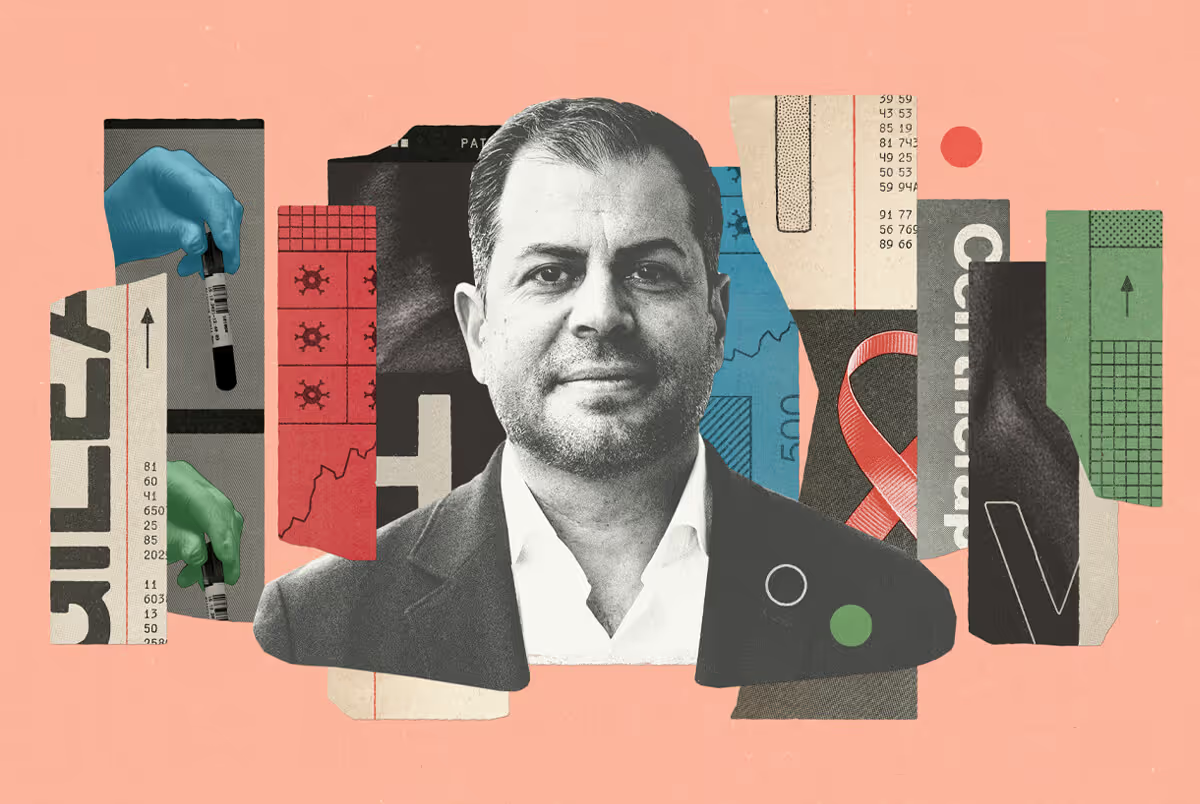“For me, living with migraine disease means a life of chronic pain and consistently being misunderstood. It’s difficult for friends, family, and co-workers to empathize with me because so many people think that it’s something I should be able to control, that it’s just a bad headache when really, it’s so much more than that. I’ve found that a lot of people don’t want me to tell them how bad it is because then they feel helpless. The stigma and lack of acceptance has been very isolating.
Sounds, lights and smells that are normal for most people can be unbearable for me. Shopping, visiting restaurants or socializing means constantly being exposed to triggers and potentially being sent into a horrible migraine that can last for days. Aside from the pain, my thinking gets very muddled, my joints begin to ache and I get utterly exhausted.
“So many people think that it’s something I should be able to control, that it’s just a bad headache when really, it’s so much more than that.”
At work I had accommodations in place, like overhead fluorescent bulbs being removed from my work area, but new management took the accommodations away. I became so ill that I had to go on sick leave. I ended up filing a human rights complaint against that employer because migraine disease is a disability. I don’t think that’s recognized or spoken about nearly enough. Too many people are suffering at work in silence. I’ve since created a way to work independently and on my own terms but I lost my health benefits.

Unlike when I was first diagnosed, there are now medications that are effective and have allowed me to lead a fulfilling life. However, they’re precarious because of their cost. For the last two years I’ve been on a new CGRP therapy through a free access program — it’s changed my life immensely and lifted such a heavy weight, but when the program expires, I won’t be able to afford it and Ontario’s provincial drug plan doesn’t cover it. I can’t go back to having up to 16 migraines a month — that’s just not a life worth living.
So many people suffer from this disease and it’s such a huge burden on our workplaces and our health care system. We really need to make sure these amazing new drugs are accessible to everyone, regardless of their socioeconomic status.”



%20(1).jpg)






